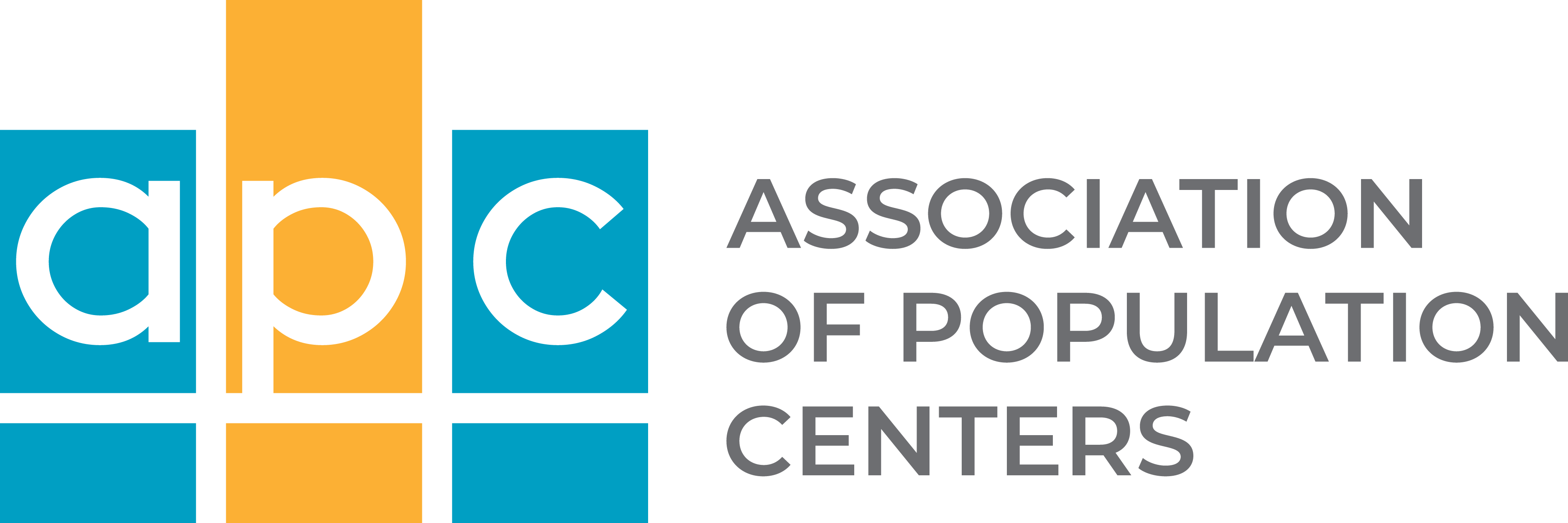Kenneth SANTORA, Director, Division of Extramural Activities (DEA).
As you’ve likely heard by now, President Biden recently signed into law H.R. 2882, the Further Consolidated Appropriations Act, 2024, which includes full-year NIH funding through Sept. 30, 2024. As a result, NIA is delighted to share our updated payline news.
The law sets the total NIA budget allocation at more than $4.5 billion. The budget designates a generous $100 million increase for Alzheimer’s disease and related dementias (AD/ADRD) research, including $90 million for NIA and $10 million for the National Institute of Neurological Disorders and Stroke; as well as $12.5 million for palliative care research. We are also pleased that the appropriations enable us to increase the paylines from our general allocation — meaning our non-AD/ADRD funding.
New paylines posted
We recognize that researchers have been patiently waiting for a change in our paylines. Up until now this fiscal year, NIA has been very conservative with our funding approach, but we are happy to report a significant increase:
| Applications | General payline, < $500K | General payline, ≥ $500K | AD/ADRD payline, < $5M | AD/ADRD payline, ≥ $5M |
|---|---|---|---|---|
| All (except below) | 13% | 10% | 15% | 12% |
| New investigator R01s | 16% | 13% | 18% | 15% |
| Early stage investigator R01s | 18% | 15% | 20% | 17% |
| Applications | General payline | AD/ADRD payline |
|---|---|---|
| Program projects | 20 | 20 |
| Other NIA-reviewed research | 20 | 20 |
| Parent career development awards | 22 | 30 |
| Parent fellowship awards | 30 | 35 |
We plan to pay noncompeting grants at 100% and adjust those that were previously paid at 90%. As we have in past years, NIA is reducing non-Alzheimer’s and related dementias (general) fiscal year (FY) 2024 competing awards by an average of 16% (unchanged from FY23). For Alzheimer’s and related dementias research allocations, we will pay awards at their full study-section-recommended amounts unless there are concerns about overlap or study section recommendations that would require decreasing the amount.
Be sure to check our funding line policy webpage for full details and keep an eye on that page for possible additional adjustments before the end of FY24.
With such a significant fiscal bump, why not increase the Alzheimer’s and related dementias payline more?
Since 2016, NIA has seen significant annual increases to the Alzheimer’s and related dementias appropriations, anywhere from $90 million to $425 million. Because of this, our researchers have benefited from a high payline (up to 28%) in the past years, enabling us to make many more competing awards. However, the magnitude of Alzheimer’s and related dementias increases has steadily declined over the past five years, decreasing funds available for new competing awards in comparison to years with larger increases in appropriations. Our analysis and modeling of these trends, including increases in noncompeting costs and the overall increase in new Alzheimer’s and related dementias applications, has meant that the overall payline has dropped to the current levels and will likely remain there for the foreseeable future.
Keep in touch with your POs
NIA program officers are still your best sources of information for inquiries about individual applications, so please email them with questions on the potential impact of these updates on your research plans.
As always, please bookmark the Inside NIA blog for all the latest important news, and/or leave your questions, comments, or concerns below.
